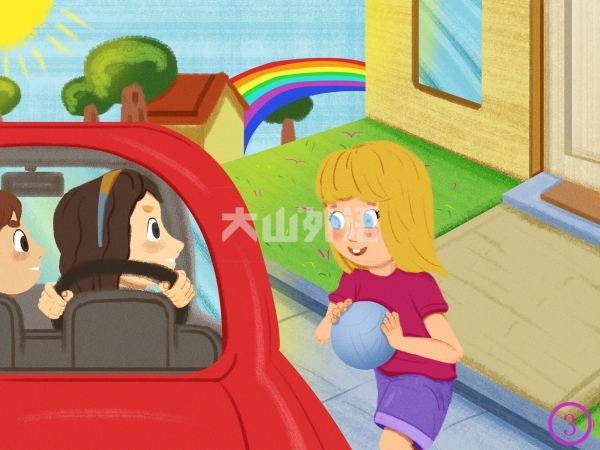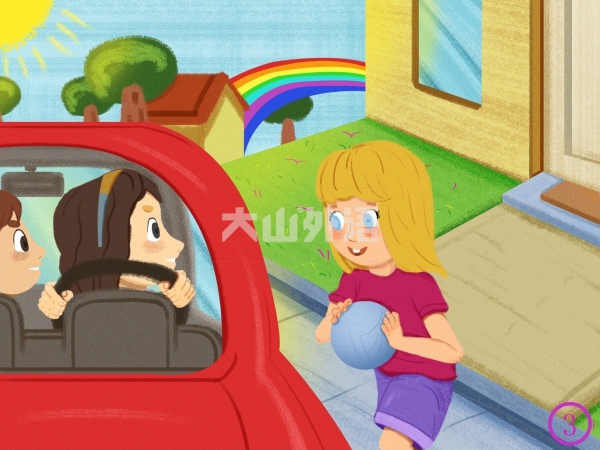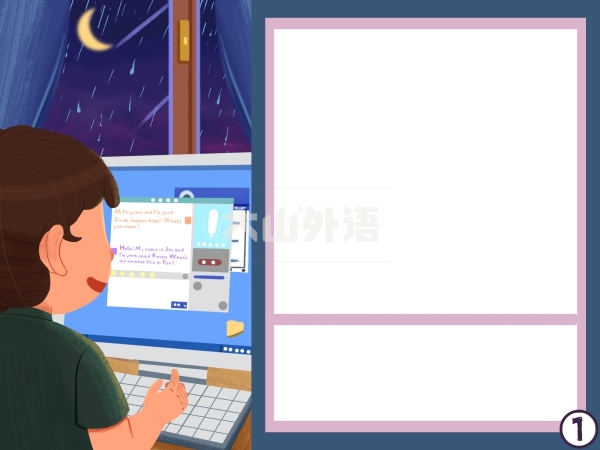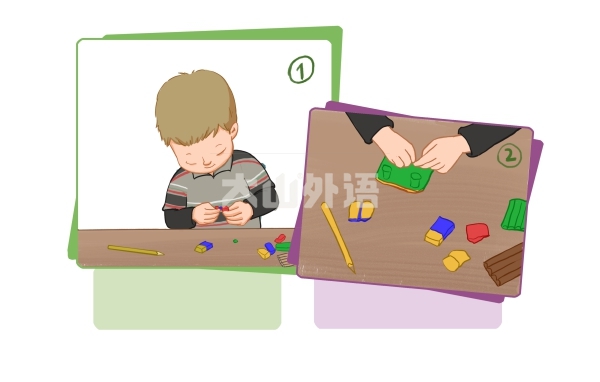反意疑问句又叫附加疑问句,是指当提问的人对前面所叙述的事实不敢肯定,而需要向对方加以证实时所提出的问句。其结构为:前一部分是一个陈述句,后一部分是一个简单的问句。完成后一部分简单问句时,要根据前面陈述句的动词时态和人称来选择适当的助动词进行提问,前后两部分的人称和动词时态要保持一致。如果前一部分用肯定式,后一部分一般用否定式;反之,前一部分为否定式,后一部分要用肯定式,即“前肯定后否定,前否定后肯定”。

1.陈述部分的主语是“I”,疑问部分要用 aren't I.I'm as tall as your sister.aren't I?
2.陈述部分的谓语是“wish”,疑问部分要用“may”+主语。
如:I wish to have a word with you,may I?我想和你说句话,可以吗?
3.陈述部分用no、nothing、nobody、never、few、seldom、hardly、rarely、little等否定含义的词时,疑问部分用肯定含义。
如:The Swedemade no answer,did he / she?
4.含有“ought to”的反意疑问句,陈述部分是肯定的,疑问部分用shouldn't / oughtn't +主语。
如:He ought to know what to do,oughtn't he? / shouldn't he?
5.陈述部分有“have to”+v. (had to + v.),疑问部分常用“don't”+主语(didn't +主语)。
如:We have to get there at eight tomorrow,don't we?
6.陈述部分的谓语是“used to”时,疑问部分用“didn't”+主语或“usedn't”+主语。
如:He used to take pictures there,didn't he? / usedn't he?
7.陈述部分有“had better”+ v. 疑问句部分用“hadn't you”。
如:You'd better read it by yourself,hadn't you?
8.陈述部分有“would rather”+v.,疑问部分多用“wouldn't”+主语。
如:He would rather read it ten times than recite it,wouldn't he?
9.陈述部分有“You'd like to”+v. 疑问部分用“wouldn't”+主语。
如:You'd like to go with me,wouldn't you?
10.陈述部分有“must”的疑问句,疑问部分根据实际情况而定。
如:He must be a doctor,isn't he?
11.感叹句中的反义疑问句。
如:What colours (they are),aren't they?
12.陈述部分由“neither… nor”,“either… or ”连接的并列主语时,疑问部分根据其实际逻辑意义而定。
如:Neither you nor I am engineer,are we?
13.陈述部分主语是指示代词或不定代词everything,that,nothing,this,疑问部分主语用“it”。
如:Everything is ready,isn't it?











